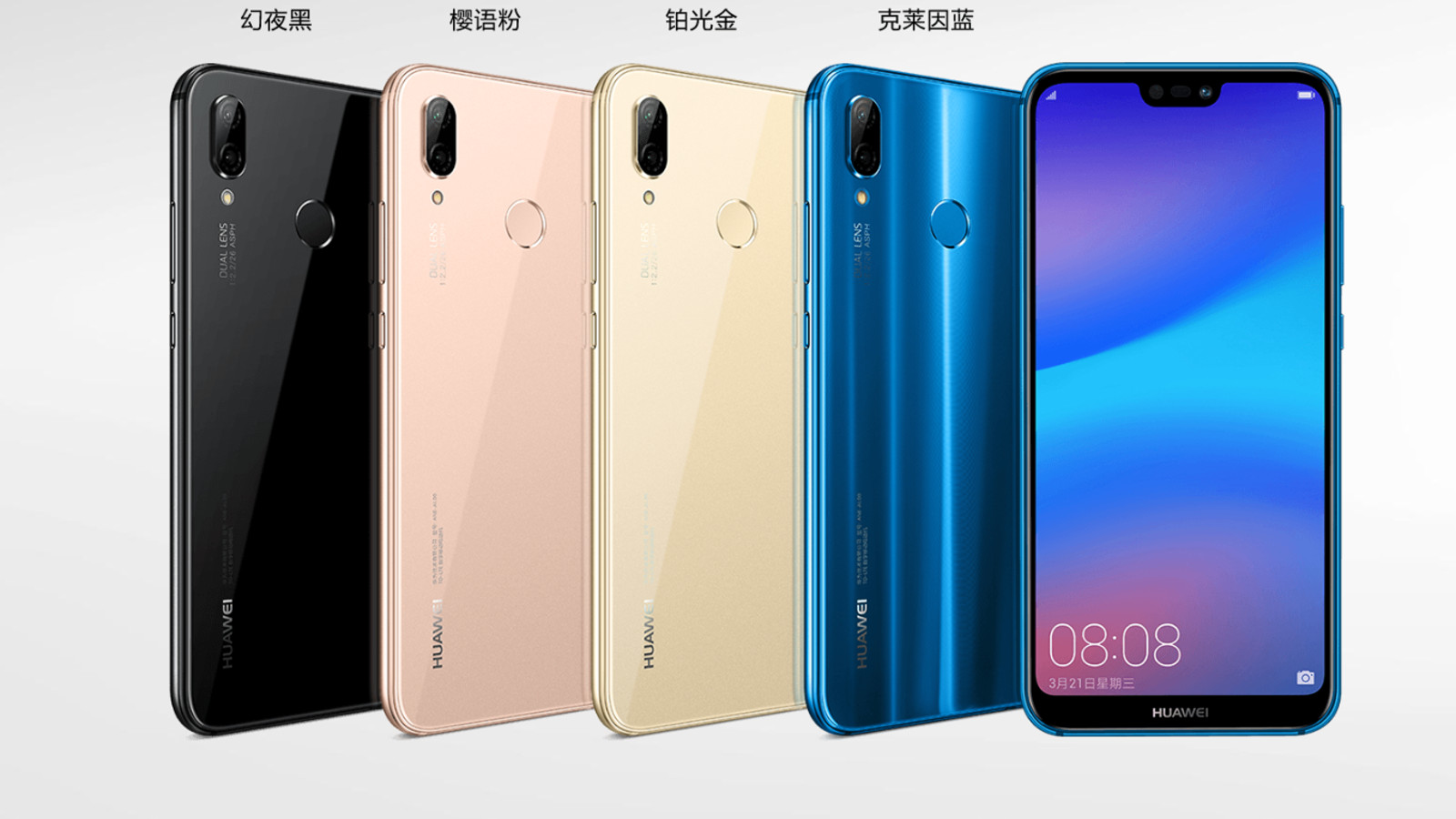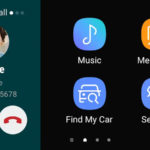MTN South Africa has once again emerged as the country’s top-performing mobile network, securing the highest score in the Q2 2025 MyBroadband Network Quality…
Huawei P20 Lite launched in China, called Nova 3e because Huawei

The Huawei P20 launch is still a few days away, but the firm held an event in China for the Nova 3e. And it’s pretty much the Huawei P20 Lite with a different name — the firm isn’t averse to giving different names for various markets.
The Nova 3e packs an identical design to the P20 Lite that was leaked by Evan Blass earlier this month. It’s also not the first time that we’ve seen the phone, as an Italian retailer outed the device a few days ago. But this is indeed the first official look at the Lite model.
The official specs seem to echo the Italian retailer’s demo model, packing a mid-range Kirin 659 chipset, 64GB of 128GB of storage and 4GB of RAM. Other noteworthy specs include a 3000mAh battery, 5.8-inch 2280×1080 display (19:9, with a notch), rear fingerprint scanner, headphone jack and USB Type-C.
Moving to the camera arena, selfie fans will be pleased with the massive 24MP f/2.0 front-facing shooter. Interestingly, Huawei is claiming “four-in-one optical fusion technology” for low-light selfies, which suggests some sort of pixel binning, as WinFuture first mooted. This could mean we effectively have 5MP or 6MP selfies when the sun goes down, as the phone uses that large sensor to effectively distill image data.
It wouldn’t be the first time we see pixel binning/oversampling used for low-light shots, as Nokia and Sony have done this before. In fact, the LG V30s ThinQ also touts oversampling for its Bright Mode, spitting out 4MP low-light shots from its 16MP main camera.
The Huawei P20 Lite (Nova 3e) seems like a solid step up from the P10 Lite — at least in the camera department
Look at the back of the Huawei phone and you’ve got a 16MP+2MP layout (f/2.2), bringing dual-camera tech to a P-Lite model for the first time. The dual-camera layout means users can change focus after a shot and tinker with depth-of-field features.
Huawei is also claiming facial recognition tech, but this only seems to use the front camera, making it less secure than Apple’s Face ID method.


